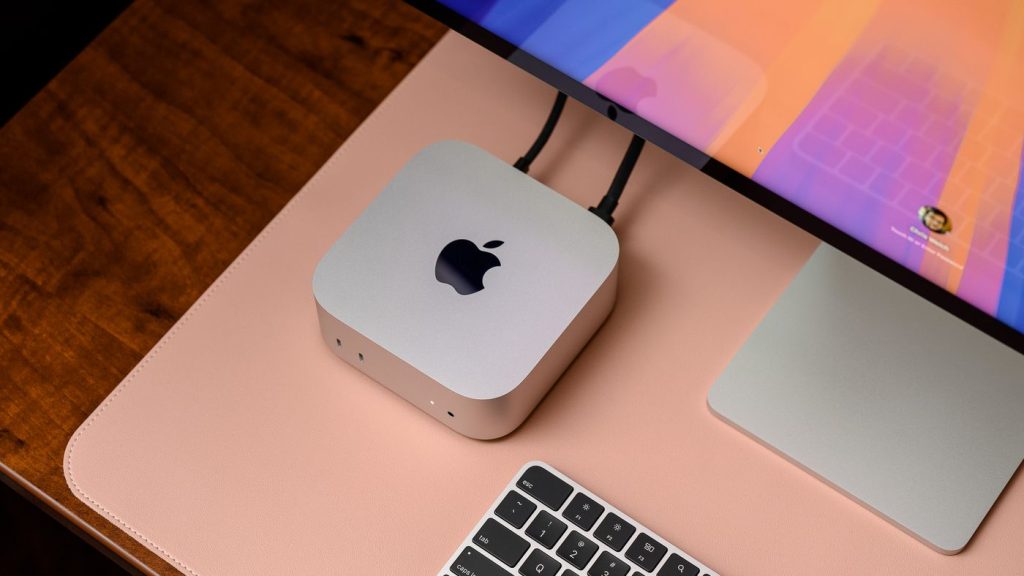Apple’s latest Mac Mini, powered by the new M4 chip, marks a significant shift in how the company handles internal storage, as it introduces a removable SSD for the first time in this model. This is a small but important change from the previous generation, where the storage was soldered directly onto the logic board. While this new SSD module offers some potential for future upgrades or repairs, don’t expect a simple, user-friendly DIY upgrade process.
A Step Toward Upgradeability
Thanks to a teardown of the Mac Mini M4, it’s now confirmed that the device features a removable SSD module, unlike the fixed storage in earlier models, such as the M2 Mac Mini. This marks a notable change for Apple, which has historically been known for its difficulty in allowing easy hardware upgrades in its devices. The removable storage module is not entirely a new concept for Apple’s desktop lineup, though. Similar removable SSD modules have been found in other high-end Apple machines like the Mac Studio and Mac Pro, giving a hint that Apple might be slowly transitioning to more modular storage options across its product range.
However, while the SSD is removable, the process of upgrading or replacing it yourself is not as straightforward as it may seem. Apple has designed the Mac Mini M4’s storage with a specific structure in mind, and while the SSD appears to be a standalone module, its design is more complex than what you might expect from typical consumer-grade removable drives.
Technical Limitations for DIYers
One of the key takeaways from teardowns and video clips posted online is that, while the SSD is technically removable, the upgradeability is likely to be quite limited for most users. The Mac Mini M4’s SSD module contains NAND chips, but the controller that manages the storage is still integrated into the system-on-chip (SoC), the M4 processor itself. This design choice severely limits how much control users have over upgrades. Essentially, even if you manage to swap out the NAND chips with larger capacity ones, the embedded controller would need to be compatible with the new chips for the upgrade to work properly.
In fact, there are already reports from users who attempted to replace the NAND chips with higher-capacity ones (up to 2TB), showing that it is technically possible to upgrade the storage. However, it’s not as simple as just swapping out parts. The process involves a high level of expertise and specialized tools. Users would need to carefully remove and replace the NAND chips, ensuring they are properly aligned and installed. This process is far from plug-and-play, and it could void your warranty or lead to performance issues if not done correctly.
Storage Configuration in the Mac Mini M4
In terms of the base configuration, the Mac Mini M4 comes with a storage module that includes two 128GB NAND chips, as opposed to a single 256GB chip seen in earlier models. While this might seem like a minor change, it helps ensure that there won’t be any performance bottleneck compared to the previous base model. This configuration also mirrors the design seen in Apple’s M3 MacBook Air, which uses two 128GB chips rather than a single larger module, likely for better performance and efficiency.
What’s Next for Mac Mini Users?
Despite the technical hurdles, the new removable SSD in the Mac Mini M4 could signal a potential shift in how Apple designs its future devices, especially when it comes to storage. As Apple continues to refine its hardware, there may be more opportunities for users to perform their own upgrades or repairs. However, for now, the Mac Mini’s SSD is still not a user-friendly upgrade path, and those hoping to expand their storage will need to either rely on Apple’s official upgrade options or venture into more complicated (and potentially risky) DIY solutions.
In conclusion, while the Mac Mini M4 offers a step in the right direction with its removable SSD module, it remains far from an easy upgrade for the average user. Anyone looking to swap out their storage will need specialized knowledge and tools, making it more of a project for experienced tech enthusiasts than a simple task for everyday users.
